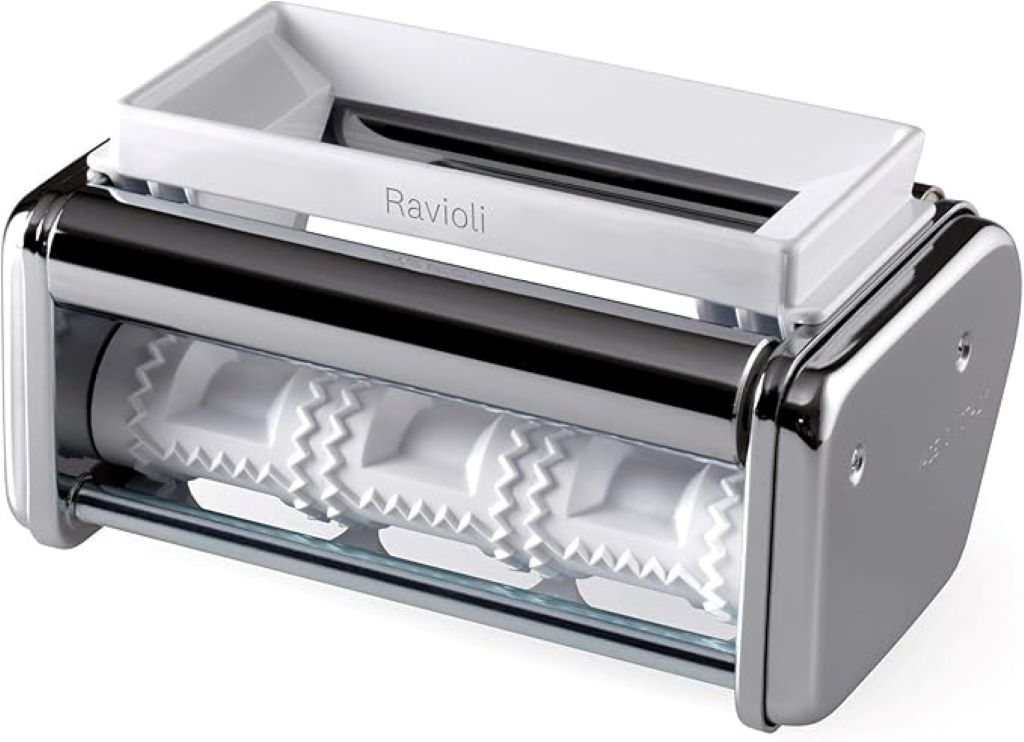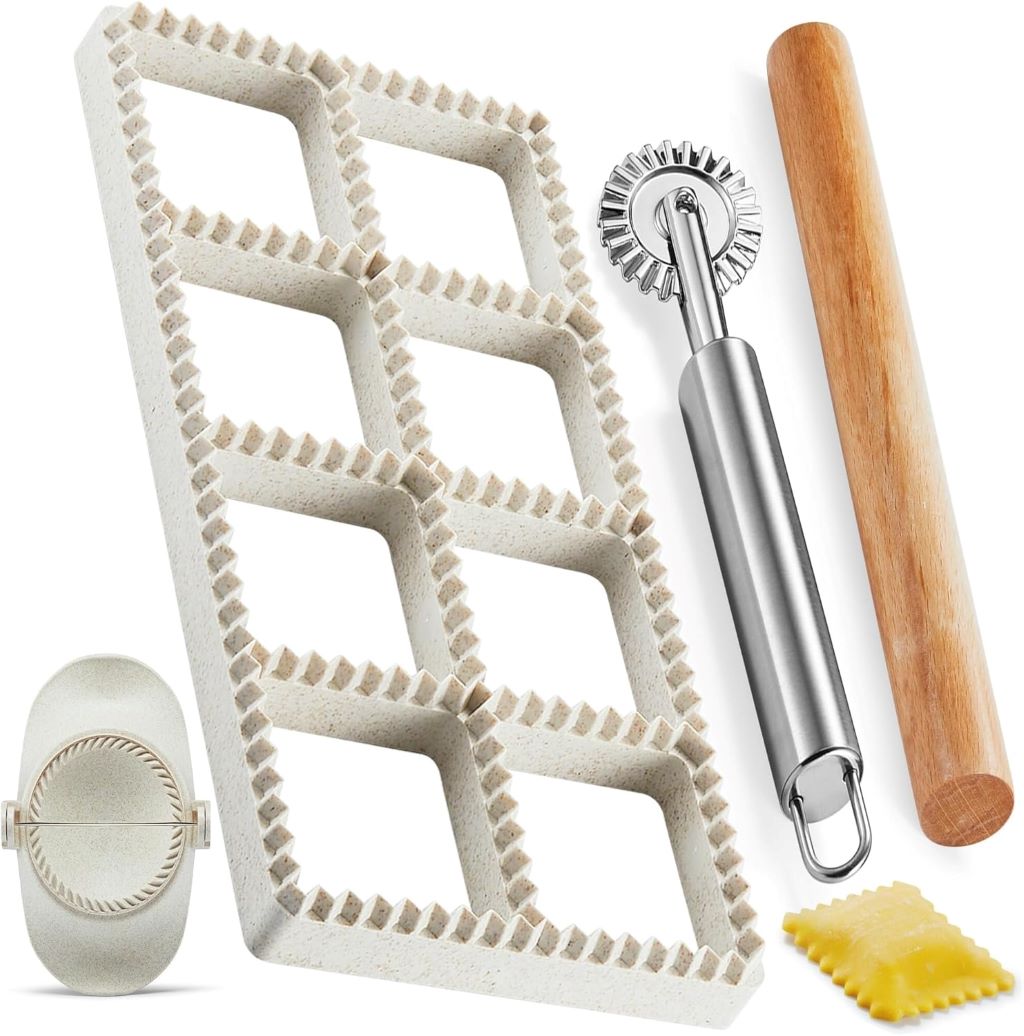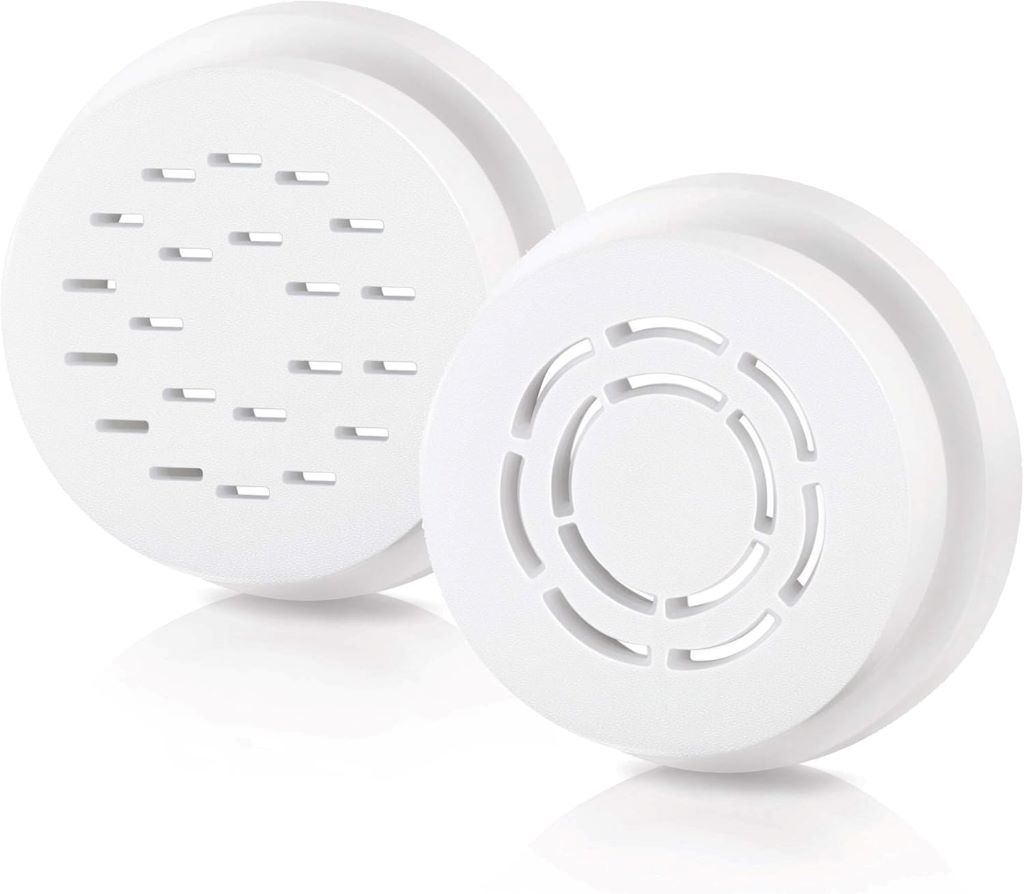Congratulations! You’ve invested in a pasta maker—an excellent step toward making mouthwatering, homemade pasta. But while your pasta machine might feel like the heart of the operation, it’s the supporting tools that elevate your results from good to great. Think of your pasta-making experience like a symphony; the machine is the conductor, but every other accessory is an essential instrument in bringing your culinary masterpiece to life. Whether you’re new to the art or a seasoned aficionado, this guide explores the essential and advanced pasta maker accessories that transform the pasta-making experience into a smooth, enjoyable, and delicious process. From drying racks to dough dockers, we’re covering the entire toolkit for pasta perfection.
Pasta Maker Accessories: The Secret to Consistency and Quality
Why Accessories Matter
When you think about making pasta, the machine often takes center stage. But if you’ve ever ended up with sticky noodles, uneven textures, or messy countertops, you already know the difference a few smart tools can make. Accessories serve multiple roles:
- They streamline your process, so you spend more time enjoying and less time troubleshooting.
- They help maintain hygiene, especially for manual machines that don’t fare well with water.
- And most importantly, they help you create a consistent product every time.
Let’s dive into the essential pasta-making accessories that help you go from messy experimentation to restaurant-worthy results.

The Pasta Drying Rack: Your Essential Air Circulator
A drying rack might not look exciting, but it’s a pasta lover’s silent hero. Whether you’re making spaghetti, fettuccine, or tagliatelle, air-drying your pasta prevents it from becoming a tangled, sticky mess.
Why It’s Indispensable:
- Keeps pasta from clumping
- Aids in proper air circulation
- Improves texture before cooking
- Prepares pasta for storage
Buying Tips:
- Choose a collapsible model for easy storage.
- Look for stable, non-slip bases to prevent toppling.
- Wooden racks are gentle on pasta but plastic ones are easier to clean.
Pro Tip: Dust pasta with semolina flour before placing it on the rack for extra non-stick assurance. Learn Troubleshooting Pasta Maker Jam Issues.
The Pastry Brush: A Cleaning Essential for Your Pasta Maker
Water is the enemy of most manual pasta machines. Instead of scrubbing, a pastry brush is your go-to tool for cleaning flour and dried dough.
Benefits:
- Gets into the machine’s nooks
- Prevents rust and damage from water
- Makes post-cooking cleanup fast and effortless
Look for a stiff-bristled, food-grade brush. Bonus points if it’s dishwasher-safe for other uses in the kitchen.
The Bench Scraper: Your Dough’s Best Friend
Don’t let its simple design fool you—a bench scraper is indispensable when working with pasta dough. It helps you divide dough, clean surfaces, and even gather scraps for reuse.
What to Look For:
- Stainless steel blades for durability
- Ergonomic handles to reduce wrist fatigue
- Flexible corners to slide under soft dough
Use it not just to cut dough but also to scrape up every last bit of flour or stuck-on pieces from your work surface. Clean space, clean pasta.
The Dough Docker: Say Goodbye to Bubbling Pasta Sheets
If you’re making ravioli, lasagna, or any filled pasta, a dough docker—or pasta pricker—creates small holes that prevent bubbles and ensure even cooking.
Perks:
- Prevents trapped air and uneven cooking
- Delivers beautifully flat, smooth sheets
- Easy to use and affordable
It’s especially helpful if you’re crafting filled pasta that needs a flawless seal.
Pasta Stamps and Cutters: Design with Precision
Want to expand beyond spaghetti and linguine? Then it’s time to explore pasta stamps and specialty cutters. These help you shape filled and decorative pastas like ravioli, tortellini, and farfalle with artisan flair.
Options to Explore:
- Ravioli stamps and wheels
- Chitarra (guitar) cutters for traditional spaghetti alla chitarra
- Gnocchi boards to add those signature ridges that sauce loves to cling to
Choose stamps with sharp edges and comfortable handles. Stainless steel is king here for durability and precision.
Semolina Flour or Cornmeal: Your Dusty Defense Mechanism
It’s not a gadget, but it’s absolutely essential. Semolina flour or fine cornmeal prevents sticking on drying racks and surfaces—especially when working with fresh pasta.
Why It Works:
- Coarse grains reduce contact and moisture absorption
- Adds subtle texture to pasta
- Works on dough and surfaces alike
Keep it in a shaker jar nearby while working.
Digital Kitchen Scale: The Gateway to Dough Precision
Pasta dough isn’t forgiving when ratios are off. A digital kitchen scale ensures you measure flour, eggs, and water with pinpoint precision.
Key Features:
- Measures in grams and ounces
- Tare function for zeroing out bowl weight
- Compact and easy to clean
For consistent batches every time, weigh, don’t guess.
A Spacious, Flat Work Surface: Your Pasta Playground
You don’t need a marble countertop to make pasta, but you do need space. A large wooden or plastic surface lets you roll, knead, cut, and shape without feeling cramped.
Options to Consider:
- A portable, food-safe wooden board
- Silicone mats for easy cleanup
- A dedicated rolling table if you’re all-in on pasta
If your kitchen is tight on space, look for fold-away options or boards that store vertically.
Advanced Accessories for Pasta Aficionados
If you’re getting serious, consider leveling up with:
- Electric motor attachments (great for batch work)
- Drying screens or boxes (for longer shelf life)
- Pasta extruder dies (for rigatoni, fusilli, etc.)
- Presentation bowls (because plating matters!)
FAQs
What’s the most important pasta accessory for beginners?
The drying rack is hands-down the most helpful, especially for long noodles. It prevents sticking and makes cleanup easier.
Do I need all these accessories right away?
Not at all. Start with a drying rack and pastry brush. As your pasta skills grow, so can your toolkit.
Can I clean my pasta machine with water?
No. Water can cause rust. Use a dry brush or scraper to remove dough bits.
What kind of flour should I use for dusting pasta?
Semolina flour or fine cornmeal works best. It keeps pasta from sticking without altering taste.
Are pasta stamps worth the investment?
Absolutely. They ensure consistent shapes and better sealing—especially useful for ravioli and tortellini.
Can I use a regular rolling pin instead of a machine?
Yes, but expect uneven thickness. Machines and accessories give you consistent, professional results.
Conclusion
A pasta machine is a powerful tool, but accessories are what take your pasta from decent to divine. Investing in a few must-haves like a drying rack, bench scraper, and digital scale will improve every stage—from dough prep to serving.
So next time you plan a pasta night, reach beyond the machine. Build your toolkit thoughtfully, and you’ll soon be rolling out pasta that’s not just homemade—but house-famous.





Leave a Reply